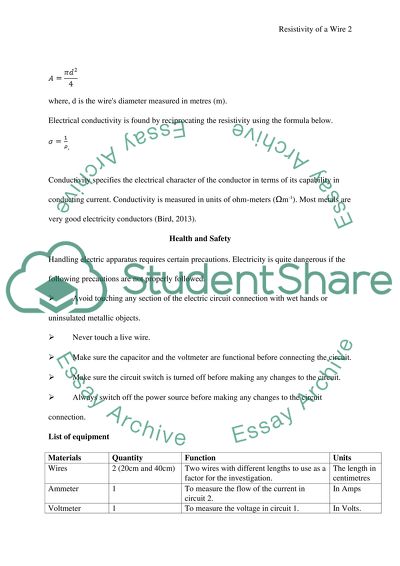Cite this document
(“Measuring the electrical resistivity of a wire Lab Report”, n.d.)
Retrieved from https://studentshare.org/physics/1698244-measuring-the-electrical-resistivity-of-a-wire
Retrieved from https://studentshare.org/physics/1698244-measuring-the-electrical-resistivity-of-a-wire
(Measuring the Electrical Resistivity of a Wire Lab Report)
https://studentshare.org/physics/1698244-measuring-the-electrical-resistivity-of-a-wire.
https://studentshare.org/physics/1698244-measuring-the-electrical-resistivity-of-a-wire.
“Measuring the Electrical Resistivity of a Wire Lab Report”, n.d. https://studentshare.org/physics/1698244-measuring-the-electrical-resistivity-of-a-wire.


